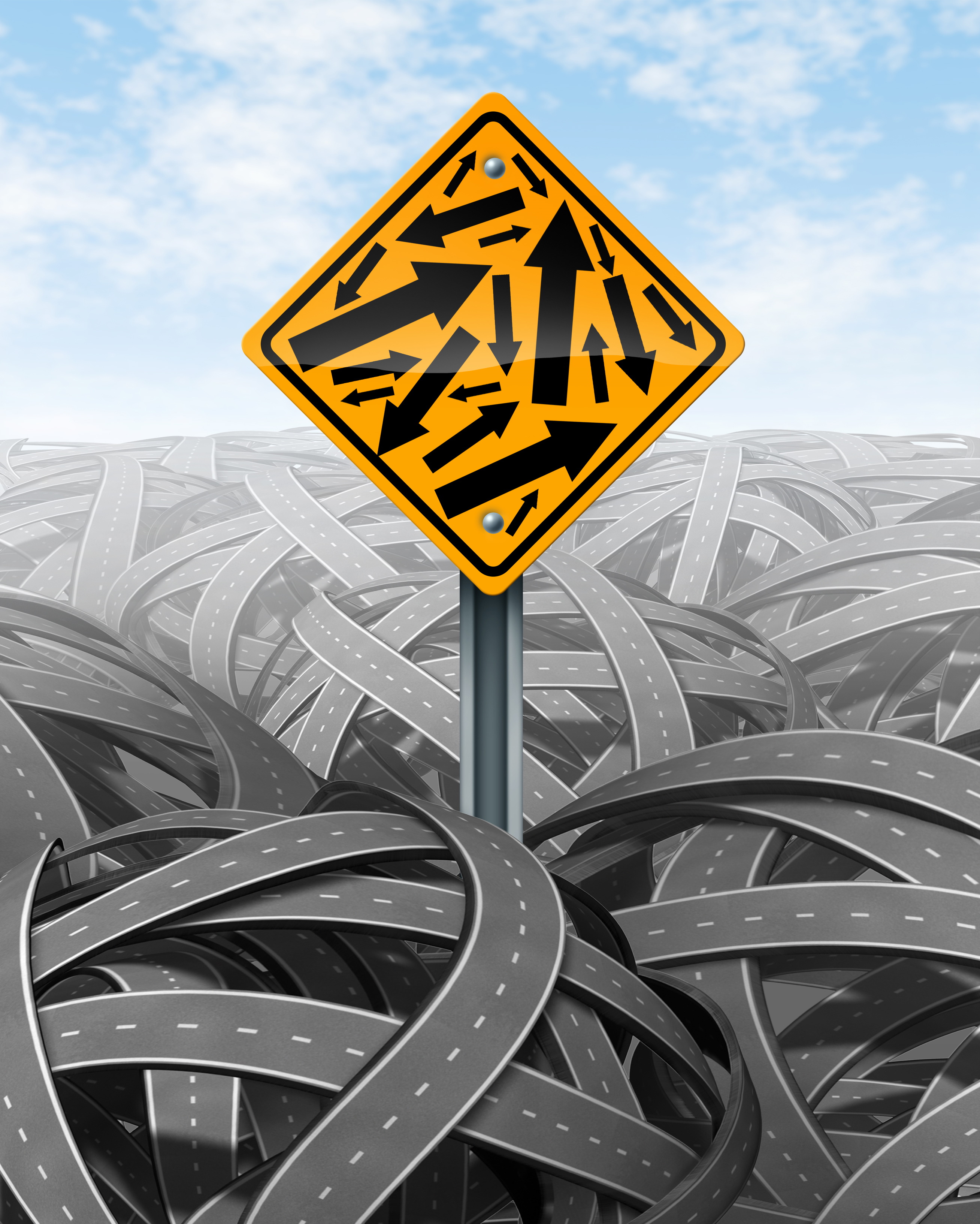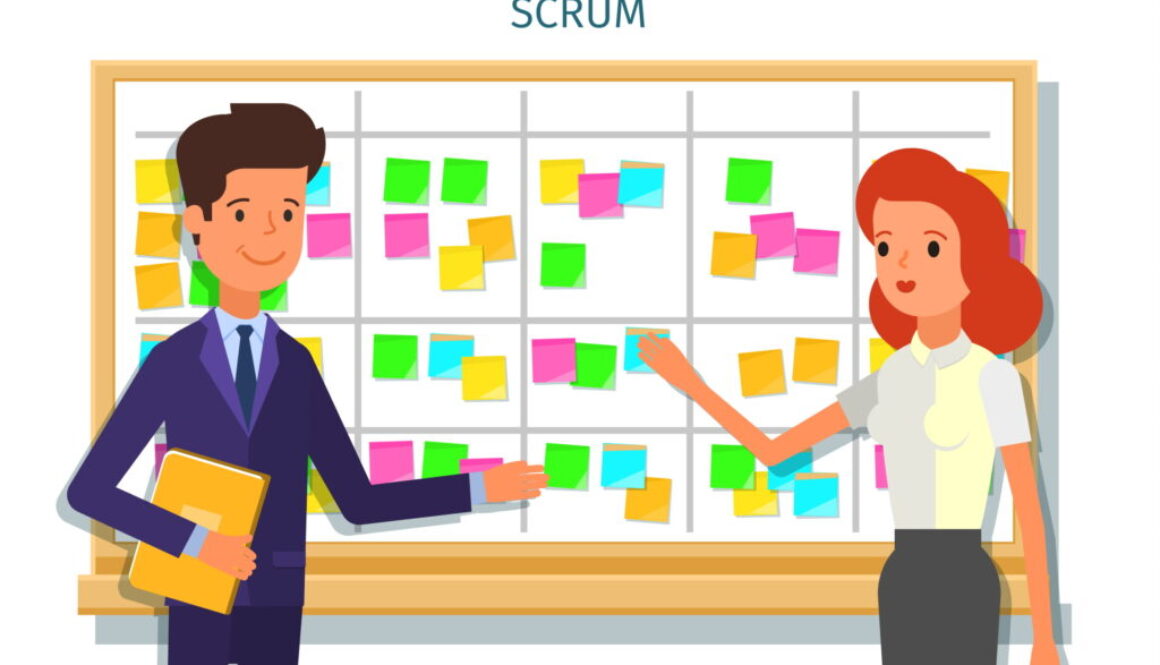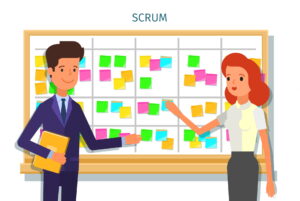In sixth grade, I moved to a new school. When I got there I was greeted by this question. I failed in my answer. Not because it was wrong mind you, in retrospect there wasn’t truly a wrong answer. I failed because I didn’t understand the context or options. In the same way, I think some people don’t quite understand the options when it comes to Scrum Masters (SM) and Product Owners (PO).
In this post, I am focusing more on what exactly each role is and why you may want to be in one role over the other. There are a few reasons to do this. One can be demonstrated by looking at job postings, especially postings for Scrum Masters. I have lost count of the number of SM job postings I’ve seen which define maintaining the backlog as one of the duties. Similarily, the number of Product Owner postings listing a job duty as teaching the team Scrum and maintaining the process is staggering. I will admit this is getting better, but it’s still widespread enough to be problematic.
Ultimately, by the end of this post you’ll know what a PO should be doing, what a SM should be doing, and have an idea of which to pursue based on your talents and desires.
The updated 2020 Scrum Guide defines a Product Owner as being accountable for the value produced by the Scrum Team. It also specifically calls out being accountable for managing the Product Backlog. This includes such actions as defining a product goal, creating backlog items, clarifying backlog items, ordering them for work, and making the backlog as a whole transparent to the organization. While they may not have to do the work of managing it, they are the one responsible, the single source of truth as it were.
One problem the PO solves is the concept of “Design by Committee.” As a single source of truth, they bring a unified vision to the product and resolve conflicting ideas by making a single decision with the backing of the organization. The product owner becomes the place where conflict is stopped and work can commence. They generally do this through partnerships and working with others as it can be difficult for one person to accomplish all these tasks on a large project.
Of the positions on a Scrum Team the Scrum Master gets the most attention in the Scrum Guide. I do wonder if this contributes to some people’s confusion. This space isn’t given because the Scrum Master is more important, but rather because their role is the one that is most different from traditional project roles. Their overview is short and sweet though, they establish Scrum, helping everyone on the team, and in the larger organization, understand both theory and practice. Where the PO was accountable for product value coming from the teams’ work, the Scrum Master is accountable for the Scrum Team’s effectiveness.
I think where people start to go sideways on what a Scrum Master is and does is when the guide describes them as leaders. The Scrum Master is a leader, a servant leader who strives to enable the rest of the team’s success. They are not a directing leader telling people what to work on, when to do it, or how.
To set the team up for success the Scrum Master performs a variety of duties such as coaching, teaching, and facilitating. They do this for the team on processes and for the organization on shifting to a new empirical process. They work with the organization to remove things that block the team from self-organizing and producing valuable increments of product. They don’t manage the team or the backlog.
Where does that leave us?
If you love leading a project or delivering value to the client and seeing their problem solved you should look into becoming a Product Owner. Product Owners focus on the product and the stakeholders. Many project managers will find a home here as they are used to delivering value. Business Analysts will also find many familiar tasks and work patterns when it comes to managing the backlog and working with stakeholders. There is a caution though, Scrum Teams are self-managing. The PO hands items from the Product Backlog off to the Developers, and they manage the tasks from there. This partnership will take some time to get used to.
If you love empowering others and helping teams succeed then consider becoming a Scrum Master. Scrum Masters focus on the people and process. Team leads, trainers, and some managers will find homes here. There are a couple of cautions though. The SM is not an enforcer of Scrum but a teacher and coach. They also cannot be delegated to the Scrum Secretary role, scheduling meetings and taking notes.
In a healthy Scrum implementation, these roles will end up following the scrum guide. However, as I mentioned there are a plethora of job descriptions where “Agile Product Owners” are expected to teach the team Scrum, or even Scrum Masters are asked to manage product backlogs. I can’t change these, but it would be worth using the interview to discover if what they’re doing is really Scrum, or if it’s what you really want to do.
If you or your organization needs more clarity on the roles in Scrum I’m happy to help! Just send me a note and we’ll work out a time for a quick call to determine your needs and how I can help you address them.
 It happens to every team. The sprint is coming to an end and the team has nothing to demo. Is it because no progress was actually made? Unlikely. Usually, it’s because the progress isn’t something that can be easily shown. In this situation, most teams want to skip the demo. You can’t blame them really. The team is likely embarrassed and almost certainly frustrated. They worked hard but don’t feel as if they have anything to show for it.
It happens to every team. The sprint is coming to an end and the team has nothing to demo. Is it because no progress was actually made? Unlikely. Usually, it’s because the progress isn’t something that can be easily shown. In this situation, most teams want to skip the demo. You can’t blame them really. The team is likely embarrassed and almost certainly frustrated. They worked hard but don’t feel as if they have anything to show for it.







